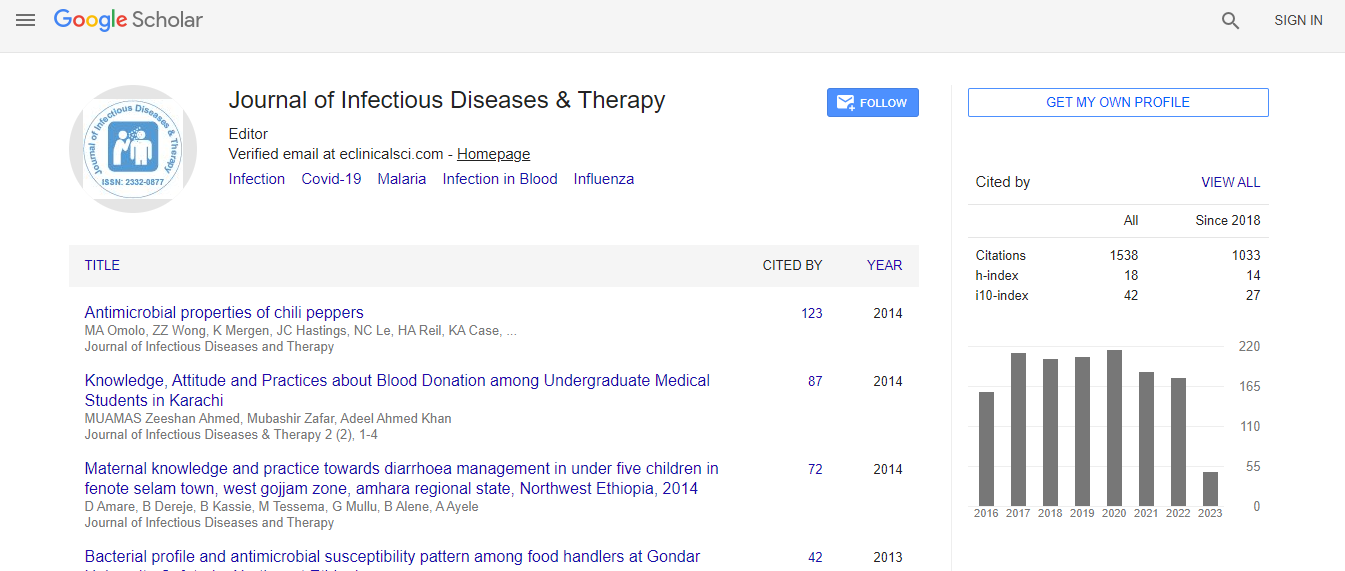Our Group organises 3000+ Global Events every year across USA, Europe & Asia with support from 1000 more scientific Societies and Publishes 700+ 91勛圖 Journals which contains over 50000 eminent personalities, reputed scientists as editorial board members.
91勛圖 Journals gaining more Readers and Citations
700 Journals and 15,000,000 Readers Each Journal is getting 25,000+ Readers
Citations : 1529
Indexed In
- Index Copernicus
- Google Scholar
- Open J Gate
- RefSeek
- Hamdard University
- EBSCO A-Z
- OCLC- WorldCat
- Publons
- Euro Pub
- ICMJE
Useful Links
Recommended Journals
Related Subjects
Share This Page
Association of demographic factors with the prevalence of Human papillomavirus and Chlamydia trachomatis infection in cervical and anal cases of sexually active women in India
4th International Congress on Infectious Diseases
Vineeta Sharma, V G Ramachandran, Shukla Das and Mausumi Bharadwaj
Institute of Cytology & Preventive Oncology, India University College of Medical Science, India
Posters & Accepted Abstracts: J Infect Dis Ther
DOI:
Abstract
Background: Human papillomavirus (HPV) is considered to be the main etiologic agent for cervical cancer and Chlamydia trachomatis (CT) is one of the major cofactors in the development of cervical intraepithelial neoplasia. Aim: The present study was conducted to investigate the presence of HPV and CT infection in cervical and anal samples of sexually active women. Material & Methods: We collected 60 cervical samples and 60 anal samples and screened them for HPV and CT. Female patients were included having the symptoms of genital infection such as pelvic inflammation, vaginal discharge and lower abdominal pain and having history of anal intercourse. Cervical and anal scrapes were used for the evaluation of HPV and CT using polymerase chain reaction. Results: Among the cervical cases, positivity for HPV was 33% (20/60) and CT was 40% (24/60). In anal cases, the prevalence of HPV was 5% (3/60) and CT was 3% (2/60). The most common type of HPV found in our study was type 16 (85.7 %) followed by type 18 (14.3%). In cervical cases 27% (16/60) were co-infected, therefore in anal cases it was 5% (3/60). We found that socioeconomic status and educational level were significantly associated with these infections. Conclusion: This study shows that HPV and CT prevalence is higher in cervical cases as compared to anal cases. There is need to continuously screen, counsel, treat and monitor trends of HPV and CT infection to make women aware about cervical cancer. Further, large population based studies are recommended to conclude this finding.Biography
Email: vineetasharma82@gmail.com

